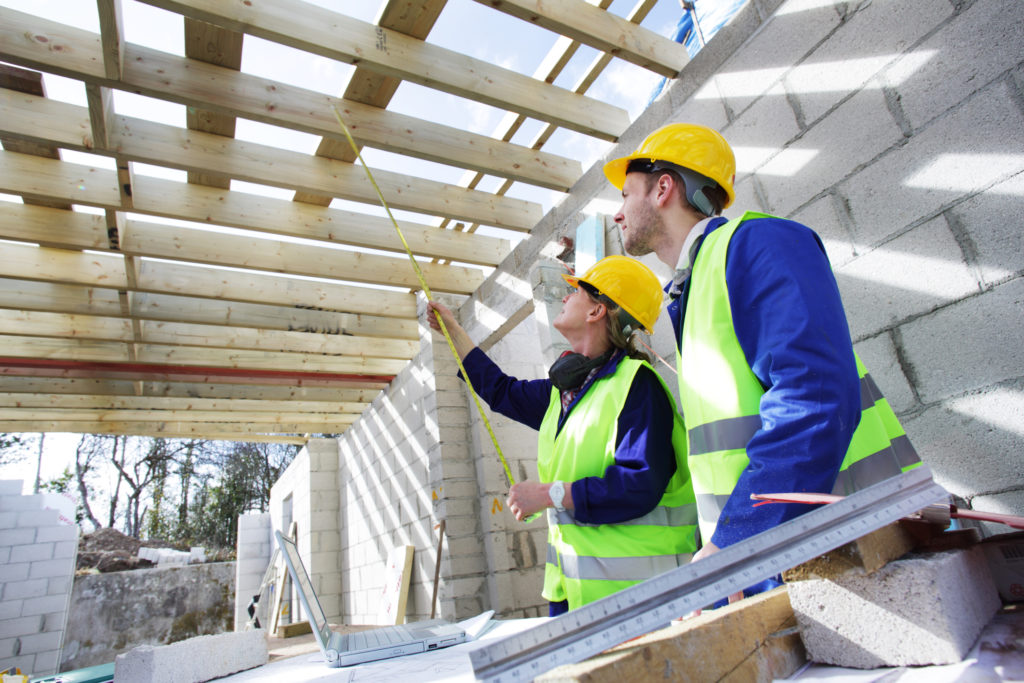Ireland will require that 52,000 homes are built per year over the next 25 years to deal with pent-up demand and continued population growth.
That’s the view of the Central Bank in its latest quarterly bulletin.
The bank also calculated that if the Government wanted to reduce the deficit of homes over a decade and meet demand it would need to build almost 70,000 units per annum.
It says the shortfall in homes, which has resulted in thousands of adults living with parents or sharing rental accommodation, has built up over a decade during which house building lagged behind demand.
Last year there were 33,000 homes completed but despite the Government insisting that more will be built this year, the Central Bank has predicted there will only be 32,000 completed in 2024 before numbers begin to increase next year and the following year.
The State significantly increased investment in housing from €1bn to €6.5bn a year over the past decade, according to the Central Bank. However, it said that in order to catch up with demand there needs to be improvements in the planning system, an increase in the provision of serviced land and greater incentives for private industry to invest in development.
It also said due to the scars left on the building industry by the financial crash, there has been an underinvestment in machinery and equipment. It said that construction was over-relying on small firms which do not have the economies of scale of bigger companies.
The Central Bank's director of economics and statistics Robert Kelly said: "We have calculated the significant economic costs of policy inaction prolonging the imbalance between housing demand and supply.
"These will result in a higher cost of living, and in turn, a higher cost of doing business in Ireland, ultimately damaging our global competitiveness and the sustainable growth in living standards for the people of Ireland in the medium-term,” said Mr Kelly.
Follow MyHome on WhatsApp for all the latest property news and advice.








